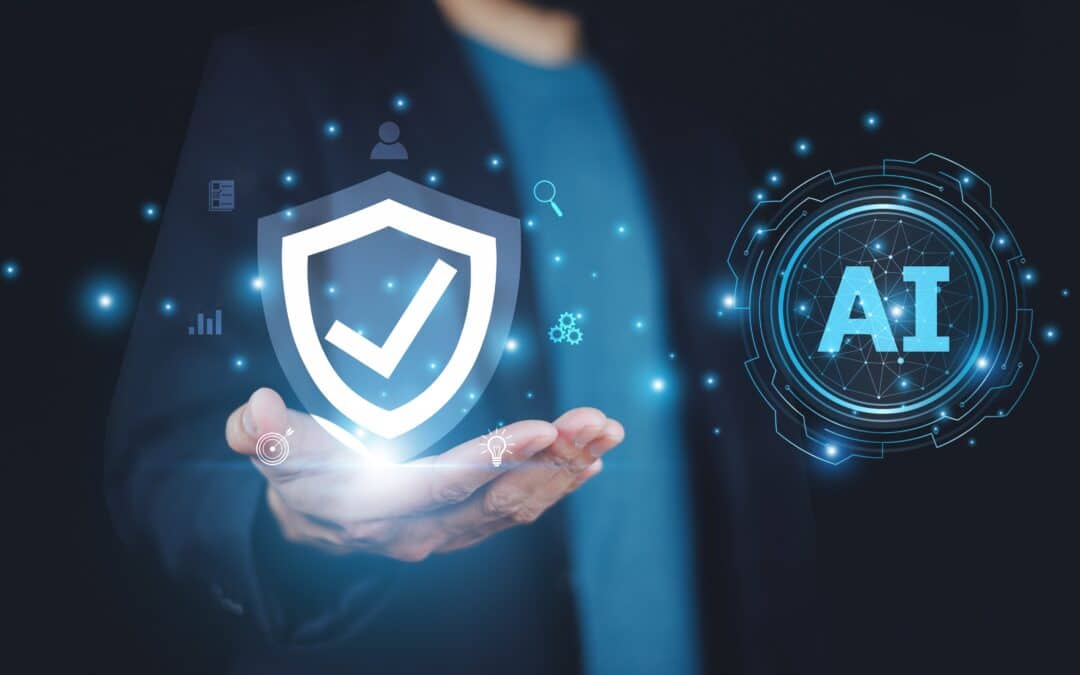Artificial intelligence is one of the biggest buzzwords of the year. It seems to be a much-needed answer to many woes across various industries and inherent challenges. While many are embracing the concept, others remain skeptical about the true benefit that artificial intelligence can have in businesses. No matter what side of the fence a company is on, there are some considerations to keep in mind and common mistakes to be mindful of as you embark on your AI journey. Learning from the challenges some companies face when seeking to embrace AI can help ensure your organization is on the right track.
Mistake 1: Forgetting the problem you are trying to solve.
The problem with fads and buzzwords is that everyone wants them – whether they need it or not. While it may be hard to identify an industry that wouldn’t benefit from integrating AI, it’s critical that companies thoroughly understand the problems at hand and how AI can help. Trying to incorporate complex algorithms and processes without this understanding will likely result in wasted resources – the opposite intent of integrating such capabilities.
An added challenge is that since this is a relatively new and evolving domain, there aren’t ample experts to guide these processes, yet. We are all learning together as we go, and that means there will continue to be a lot of trial and error for some time.
Mistake 2: Thinking that AI will solve all of the problems.
AI is being applied to an extensive range of challenges, and it’s making a notable impact, but there is never a silver bullet that can solve everything. AI is no exception. We must set realistic expectations on what AI can actually do for companies. All AI is not created equally, and while generally, the algorithms can do a lot, there are various types of AI. Some are more advanced while others have barely scratched the surface when it comes to providing value. For example, reactive systems and limited memory systems are frequently used, while self-awareness systems are said to be more aspirational for most.
Mistake 3: Trying to leverage AI without enough data.
Before deciding to join the AI party, a critical question to ask is: What quality data is available that can be analyzed? AI’s success depends heavily on having enough data to conduct analysis, find patterns, learn, and adapt. Trying to leverage AI in functions that don’t have enough of this data – good quality data at that – can turn into more trouble than it’s worth. Be sure you have reliable data on your side or plan to start your journey will figuring out how to get there.
Mistake 4: Thinking that machines will replace humans and cut more labor than it realistically will.
Some worry that AI will replace humans and steal jobs from people. While technology can indeed replace some of the manual work done by people, human beings are still a critical part of the equation depending on the type of AI being integrated.
For example, Machine learning can be applied in several modes, two of which are supervised or unsupervised. In unsupervised models, linear or polynomial regression analysis, decision trees, classification models, and other methods are applied to train the machine to make predictions and operate dynamically. Unsupervised machine learning can self-teach and learn independently through clustering, association analysis, and other models.
For instance, if thousands of images of sharks, octopuses, and jellyfish were presented to this model, based on patterns, the machine can create three different groups representing each type of sea animal. Without context, it likely will not understand what the animals are or have the intelligence to label the groups. It’s smart enough to notice the patterns and categorize them without much prior training, but then would need insight from a person or additional source to leverage the analysis in a way that provides ultimate value. Supervised machine learning applications, a popular method used today, would require more direction on what grouping process to leverage, whereas unsupervised would not. In either case, people are still needed. The technology only partially removes mundane and inefficient tasks from the equation.
Mistake 5: Believing AI doesn’t apply in your industry and can be ignored.
Before ruling AI out, don’t just think about how you can use it. Think about how other industries and entities are using it as well. How might your competitors or adversaries use it? Even if you aren’t ready to introduce it within your organization or solution suite, you may still need to acknowledge that it’s a concept impacting almost every industry. You should seek to understand the value before ruling it out. In cybersecurity, for example, hackers are using artificial intelligence to craft and launch better attacks. Any cybersecurity company or professional neglecting to pay attention to what’s going on in AI is sadly mistaken.
An opinion on how to move forward.
Artificial intelligence-based solutions are providing tons of value across industries. It’s helping companies make processes more efficient, eliminating manual work tasks while decreasing labor costs. AI can analyze big data at lightning speed rates, help save lives, and even identify Insider Threats within companies. Industries far and wide are embracing artificial intelligence for a good reason.
However, this does not mean that every solution and every process needs AI integrated right away. If not appropriately navigated, artificial intelligence and machine learning can introduce their own set of problems in an organization. It’s essential to think about the true challenge at hand, what data is available, the shortage of AI experts, and more before making decisions. Also, remember that there is no silver bullet, and AI will continue to evolve and mature over the next several years.

Insider Risk – How Prepared Are You?
Not every company is equally prepared to deal with insider risk. This report outlines the four stages of insider risk maturity and explores how to improve your insider risk preparedness.




